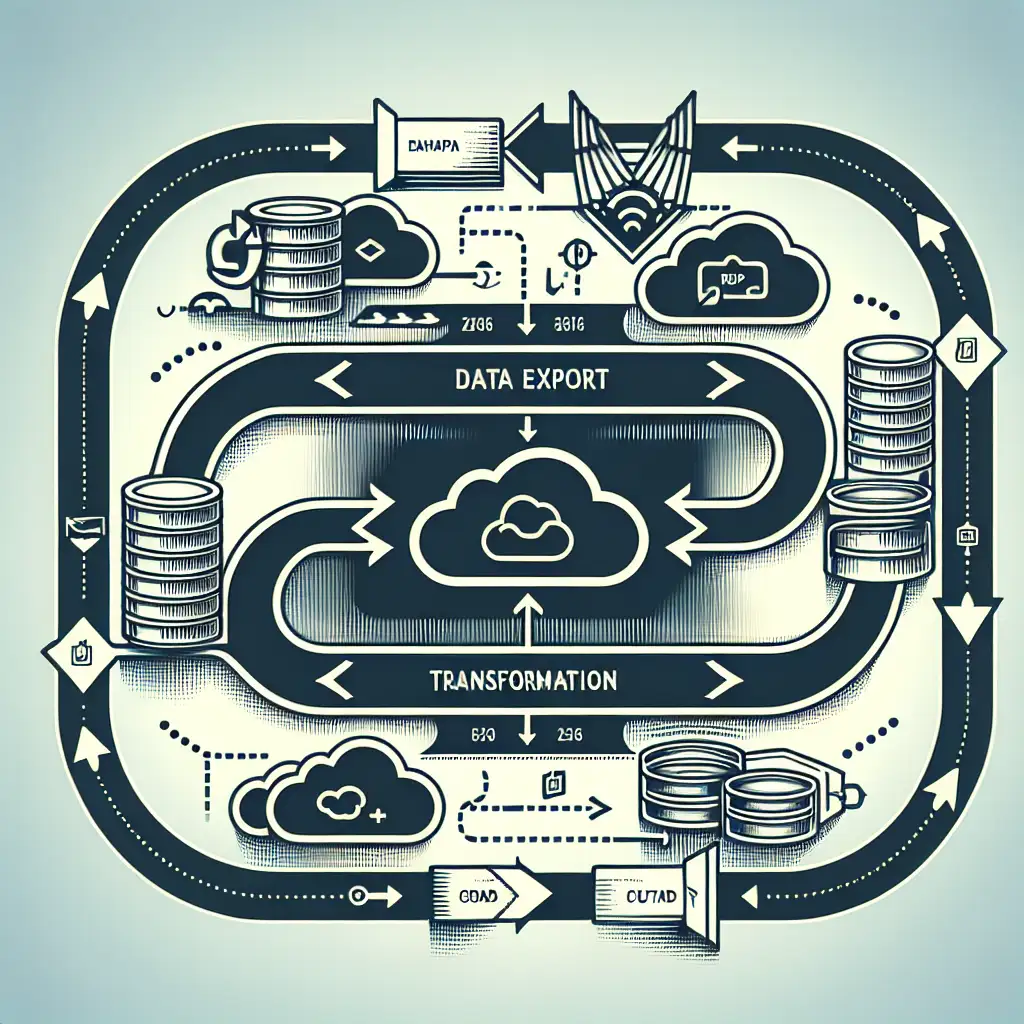Step-by-Step Guide to Seamless Migration from AWS RDS to Google Cloud SQL
Don’t let cloud vendor lock-in dictate your architecture. Mastering the migration process from AWS RDS to Google Cloud SQL empowers you to leverage best-in-class services and pricing models without disruption.
As businesses optimize their cloud strategies, migrating databases efficiently while maintaining data integrity and minimizing downtime is critical. If you’re considering moving your managed relational databases from AWS RDS to Google Cloud SQL, this practical guide will walk you through the process with clear steps, tips, and examples.
Why Migrate from AWS RDS to Google Cloud SQL?
AWS RDS and Google Cloud SQL are both fully managed relational database services that support popular engines like MySQL, PostgreSQL, and SQL Server. However, an increasing number of businesses switch to Google Cloud SQL for:
- Competitive pricing and discounts
- Integrated tooling with GCP services (e.g., BigQuery, AI/ML offerings)
- Simplified operations with Google’s ecosystem
- Improved networking latency within GCP environments
A smooth migration is possible without extended downtime or data loss — that’s what this guide is about.
Before You Start: Prerequisites
-
Inventory your source database
- Engine type (MySQL, PostgreSQL, etc.) and version
- Size of the database (data + indexes)
- Storage type used (standard SSD/GP3 etc.)
-
Prepare your target Google Cloud SQL instance
- Create a Cloud SQL instance matching or exceeding the source specs in version and storage size
- Enable authorized networks or private IP connections as needed
-
Set up connectivity and tools
- Ensure network access between AWS environment (or your local machine) and GCP for migration
- Install command-line clients like
mysqldump,pg_dump/pg_restore, or use Database Migration Service (DMS)
Step 1: Choose Your Migration Approach
Option A: Use Google Cloud Database Migration Service (DMS)
Google offers a Database Migration Service that supports online replication of MySQL/PostgreSQL from AWS RDS into Cloud SQL.
- Best for minimal downtime
- Handles continuous data replication with cutover scheduling
Option B: Dump & Restore (Offline Migration)
Use native export/import utilities like:
mysqldump/mysqlCLI for MySQLpg_dump/pg_restorefor PostgreSQL
This option is simpler but requires planned downtime.
Step 2: Prepare the Source Database for Migration
For Online DMS Approach:
- Enable binary logging on AWS RDS instance (
binlog_format = ROWfor MySQL) - Set appropriate permissions for the replication user
For Dump & Restore:
Ensure you have superuser or enough privileges to export all schemas.
Step 3A: Migrate Using Database Migration Service (Recommended)
- Create a migration job in GCP Console:
- Go to Database Migration Service → Create Migration Job
- Select source engine/version, provide connection details for your AWS RDS instance using public/private access credentials.
- Select target Cloud SQL instance.
- Start the migration job:
- It will perform initial data copy, then replicate ongoing changes in near real-time.
- Schedule cutover:
- After validating data consistency, schedule the cutover time during low traffic hours.
- Stop writes on source DB → finalize last changes replication → promote Cloud SQL as primary.
Example: Migrating a MySQL 8.0 database:
# Create replication user on source RDS:
CREATE USER 'replicator'@'%' IDENTIFIED BY 'password';
GRANT REPLICATION SLAVE ON *.* TO 'replicator'@'%';
FLUSH PRIVILEGES;
Then configure DMS with this user credentials.
Step 3B: Migrate Using Dump & Restore
For MySQL:
# Dump data from AWS RDS
mysqldump --host=aws-rds-endpoint --user=admin --password=password --single-transaction --routines --events --triggers mydatabase > dumpfile.sql
# Import into Google Cloud SQL
gcloud sql connect [INSTANCE_NAME] --user=root
mysql> CREATE DATABASE mydatabase;
exit
mysql --host=[CLOUD_SQL_IP] --user=root --password=password mydatabase < dumpfile.sql
For PostgreSQL:
pg_dump --host=aws-rds-endpoint --username=admin --format=custom mydatabase > dumpfile.dump
gcloud sql connect [INSTANCE_NAME] --user=postgres
createdb mydatabase
pg_restore --host=[CLOUD_SQL_IP] --username=postgres --dbname=mydatabase dumpfile.dump
Step 4: Validate Data Integrity
After migration,
- Check row counts of key tables in both source and destination
- Run sanity queries to verify application consistency
- Validate schema objects such as indexes, triggers, stored procedures if applicable
Step 5: Switch Application Traffic to Google Cloud SQL
Update your application connection strings or environment variables pointing from AWS RDS endpoint to your new Google Cloud SQL instance IP/DNS.
Monitor closely for errors or latency spikes post-switch.
Pro Tips for Smooth Transition
- Test migration on a staging setup before production move. Consider partial dataset migrations first.
- Use VPN or Direct Interconnect between AWS VPC and GCP VPC if large datasets are involved.
- Set maintenance windows during low usage times.
- Keep backup snapshots before starting any operation.
- Consider enabling high availability settings on both ends before starting.
Conclusion
Migrating from AWS RDS to Google Cloud SQL may seem intimidating initially but by leveraging Google's Database Migration Service or standard export/import tools combined with careful planning, you can achieve reliable migrations with minimal downtime and zero data loss.
Give yourself enough prep time — test end-to-end — then confidently free your architecture from vendor lock-in while taking advantage of Google’s robust data platform!
If this guide helped you optimize your cloud journey, feel free to share it with your developer community!
Happy migrating! 🚀
